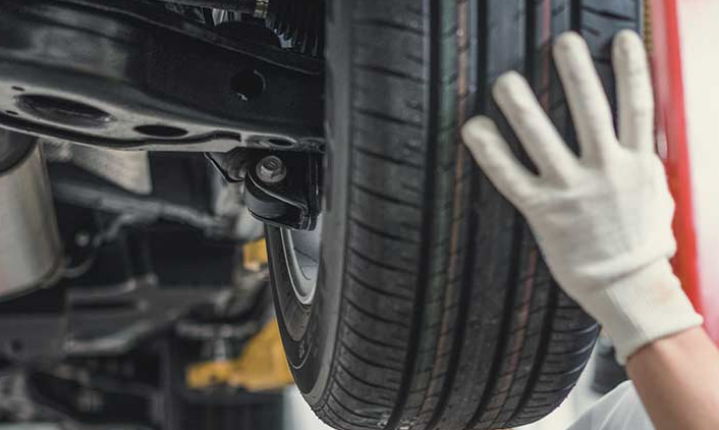Car Tire Maintenance – An Overview!

Owning a car comes with specific responsibilities, & one of the biggest challenges is to see to it that the vehicle always performs according to its full potential. The maximum output from our vehicle depends upon certain factors. Well, you must be thinking about maintenance. That's right; maintenance plays a crucial role in the way our car performs on the road. When anyone talks about car maintenance, many things come to our mind, but here we talk about car tire maintenance.
Keep up proper inflation pressure in your tires:
Suitable inflation pressure is needed for giving you the best tire performance, safety, and fuel economy. It would help if you kept in mind to check your tires when they are cool with an accurate tire pressure gauge for at least a month.
Tires should not be checked if they are hot. If necessary, add 4 to 5 PSI to the recommended pressure to find the exact pressure.
Maintain inflation pressure at the recommended level:
Your tire will last longer and stay durable if you maintain proper inflation pressure. If you do not take care of this, it will:
- Reduce load capacity
- Allow excessive sidewall flexing
- Increase rolling resistance
- Heat and mechanical damage.
If you know, overinflating increases strictness that may cause an uncomfortable driving experience and produce unwanted vehicle vibration. It also increases the chances of impression damage.
Don't spin your tires excessively.
Avoid unnecessary tire spinning when your vehicle is stuck in a snowy, Icey, muddy place. This will cause tire over-heating and irreversible damage. Use a gentle backward and forward swinging motion to free your vehicle. It would be best if you did not stay near or behind a tire spinning at high speeds.
Check your tires for wear:
Change your tires from service when they reach 1.6mm thin in tread depth. All new tires have tread wear needles that appear as smooth banks in the tread grooves when they wear to 1.6mm level. Raining weather accidents can happen while skidding with bald or nearly plain tires. Excessively damaged tires are also more likely to undergo punctures (holes).
Check your tires for damage
Frequent inspection of your tires for marks of wear and their general condition is essential for safety.
Don't attempt to mount your tires:
Serious injury can result from the explosion of tire/rim gathering from improper swelling processes. You must consider following your tire manufacturer's instructions and match tire diameter to rim diameter. You have to ensure that a trained and experienced person mounts your tires!
You should not confuse tires of different sizes and types on the same axle!
Wheel alignment
It is the process of lining up the wheels and axles properly. It will safeguards that your car's handgrips are at their optimum level, increasing safety as well as protecting tires against premature wear and saving fuel. Wheel balancing balances the wheel and tires and ensures that your tire bearings and suspension are protected. It also helps prevent premature tire wear and vibration.
You might feel vibrations and off-balance wheels while driving at high speed!
Post Puncture maintenance:
Check tires carefully for damages because of holes and impact. You should use new tubeless valves or new tubes while replacing the tubeless or tube-type tires.
Warning:
Before changing your tires, refer to the vehicle's owner's guide and follow the manufacturer's replacement tire commendations before changing your tires. Vehicle behavior will be considerably affected by a change in tire size or type. If you are selecting tires that will differ from the original equipment size, grasp a professional installer to ensure proper load-carrying capacity and pressure. Do not surpass the maximum load capacity and inflation pressure registered on the sidewall of the tire!